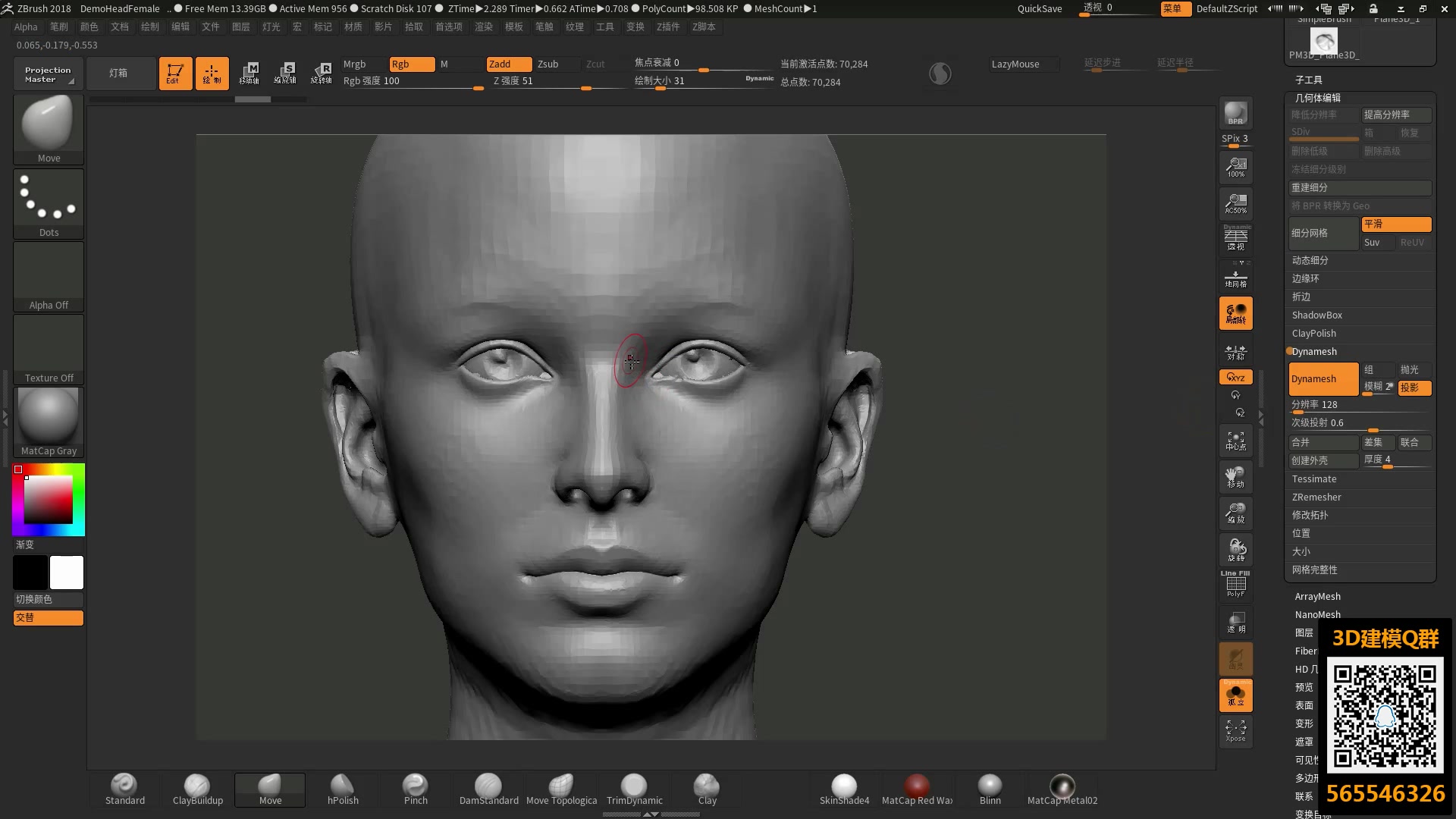

Working with and applying textures and UV unwrapping!Working with Dynamesh, subdivision levels and more.Learning about remeshing including ZRemesher and projectionsHow to work and apply masking, poly groups and masking options as well as deformationSculpting and modelling techniquesTranslation, rotation and Scale via transpose plus using the sub tool masterUsing ZSpheres as a way to quickly build base meshesAnd loads of tips and tricks along the way. Some of what we will learn!Right the important stuff what you will learn during this course

#Zbrush dynamesh how to
Who the course for?This course is for anyone who has already used Zbrush although I cover everything you must know how to move around in ZBrush, if you buy this course and get stuck message me. There are many different things that can be done with the Mask tool: When you are hovered over the mesh, the Masking tool will default to a pen, allowing you to draw on the mask. This will affect tools like DynaMesh as well as regular sculpting. Why a FLY? well its not because it was swallowed by a spider!This is a great subject as it has elements of hardsurface as well as organic forms within it, it also have very fine almost microscopic detail (anyone familar with my courses will realise I love micro level details and forms), this lends itself well to a training course Masking (with the Ctrl key) can also be used to obscure parts of the model from editing.
#Zbrush dynamesh full
I cannot wait to introduce this course to you I had loads of fun creating this for you ZBrush fans its packed full of features, before we get into that I just wanted to tell you why I chose this subject "The Fly" Fibermesh is a feature that allows users to grow polygon fibers out of their models or to make various botanical items.

Learn ZBrush and become a confident sculptor This allows ZBrush to quickly generate a new model with uniform polygon distribution, to improve the topology of models and eliminate polygon stretching. Learn to Sculpt and model professionally with this ZBrush Online Course Sculpting "The Fly" Language: English | Size: 1.20 GB | Duration: 5h 26m If I may say so, a very good way to learn more about DynaMesh is watching Claudio Setti’s series on it.Zbrush Online Course Sculpting And Modelling "The Fly"

There is no exact measurement system, but when your mesh taikes up the entire grid it is large, and when small in size when the entire grid is visible, it is, small.ĭepending on what you are doing, 500K is not extremely much. To judge the scale of your mesh, compare it to the floorgrid. Small objects will have less polys whilst large ones will have plenty. Second: the number of polys you get with DynaMesh is relative to the size of your object. the Decimation Master plugin to reduce polycount, use ZRemesher, project your details unto the new mesh and then you have a mesh with a good polyflow to really start detailing on with added subdivisions. When your DynaMesh sketch is ready, you copy it, use evt. After completing this chapter, you will be able to: Work with DynaMesh Work with ZRemesher Create different models using the DynaMesh tool. You start at a lower mesh like 64 or even lower and up to 128 and more ( be careful as a little goes a long while) only when you need additional geometry when refining what you do. Normally, DynaMsh is one of the tools ZBrush offers to start working in. First of all, if this is what you meant, DynaMesh is not meant to be used with subdivision.


 0 kommentar(er)
0 kommentar(er)
